Eco-Friendly PSocid Control: Maintenance Programs for Pest-Free Environments
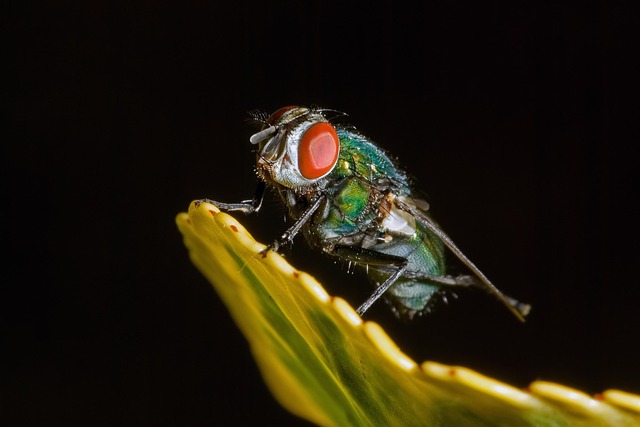
Psocids, or book lice, are tiny, persistent insects that thrive in dark, secluded areas, causing str…….
Understanding Psocids Control and Removal
Psocids are a group of small, wingless insects belonging to the order Psocoptera. Infestations of psocids can occur in both residential and commercial environments, often leading to significant damage to textiles, books, leather goods, and other organic materials through their feeding habits. Effective control and removal strategies are crucial for mitigating property damage and preventing future infestations. This article delves into the various aspects of psocids control and removal, providing a comprehensive overview of the topic.
Global Impact and Trends
Psocid infestations are a global concern, affecting numerous industries including agriculture, food storage, textile production, and archival services. The impact of these insects varies across regions, with some areas reporting more severe outbreaks due to climate conditions and the presence of favorable habitats. Trends indicate an increase in reported infestations, likely due to a combination of factors such as global warming, urbanization, and increased awareness among the public and professionals.
Economic Considerations
The economic implications of psocids are significant. Infestations can lead to costly damages and repairs, affect trade by contaminating goods, and result in loss of revenue for businesses. The agriculture sector, in particular, faces challenges with psocids affecting crop storage and food quality. Investment in research and development of control methods is essential for minimizing economic losses.
Technological Advancements
Technological advancements have greatly enhanced the tools available for controlling and removing psocids. Innovations such as advanced monitoring devices, improved trapping mechanisms, and more effective chemical treatments have been developed. The future holds promise for even more sophisticated solutions like biopesticides, genetic engineering, and automated monitoring systems.
Policy and Regulation
Policies and regulations governing psocids control and removal vary by country and region. International bodies, such as the FAO, provide guidelines for safe and effective management practices. Legislation often dictates the types of chemicals and mechanical devices that can be used, ensuring both safety and efficacy. These frameworks play a critical role in shaping the industry’s response to psocid infestations.
Challenges and Criticisms
Challenges in psocids control and removal include resistance to chemical treatments, the difficulty of reaching all life stages, and the need for sustainable, environmentally friendly solutions. Criticisms often center around the potential for collateral damage to non-target species and the environmental impact of control measures. Strategies to address these issues involve integrated pest management approaches that combine various techniques for optimal results.
Case Studies
Several case studies illustrate successful applications of psocids control and removal. For instance, a major textile manufacturer implemented an integrated pest management program that effectively reduced infestation levels. Another case study details the eradication of a significant psocid outbreak in a historical library through a combination of environmental management and targeted chemical treatments. These examples demonstrate the effectiveness of well-planned control strategies.
Future Prospects
The future of psocids control and removal is promising, with ongoing research and development pointing towards more effective and sustainable solutions. Emerging trends such as the use of biological control agents and advanced data analytics for monitoring infestations are likely to play a significant role in the industry’s evolution. Strategic considerations include adapting to climate change, developing new technologies for early detection, and ensuring that control measures remain both effective and environmentally sound.
Conclusion
Psocids control and removal is a complex but essential field that affects public health, economic stability, and environmental conservation. This article has explored the multifaceted nature of psocid management, highlighting its significance in various sectors. Through a combination of policy, technology, and integrated approaches, the challenges posed by psocids can be effectively managed, ensuring the preservation of valuable resources and the health and safety of communities worldwide.
FAQ Section
What are psocids?
Psocids are small, wingless insects that can infest a variety of environments, including homes, businesses, and agricultural settings. They feed on organic materials and can cause significant damage to textiles and other items.
How do I identify a psocid infestation?
Infestations are often identified by the presence of adult psocids, their droppings, or the damage they cause to materials. They are typically light brown to dark in color and resemble small, wingless termites or booklice.
What are effective methods for controlling psocids?
Effective control measures include sanitation, environmental management, mechanical and biological controls, and, if necessary, chemical treatments. An integrated approach combining these methods is often most effective.
Are there any environmentally friendly ways to control psocids?
Yes, biopesticides, natural predators, and improved sanitation are environmentally friendly options for controlling psocid populations. Integrated pest management strategies emphasize minimizing environmental impact.
How can I prevent a future psocid infestation?
Prevention involves maintaining clean, dry conditions in affected areas, regularly inspecting for signs of infestation, and promptly addressing any issues that could attract psocids, such as water leaks or organic debris accumulation.

Psocids, or book lice, are tiny, persistent insects that thrive in dark, secluded areas, causing str…….
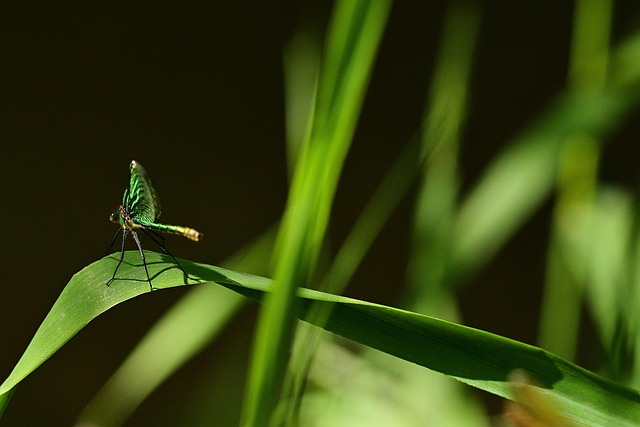
Psocids, or book lice, are tiny but destructive insects that thrive in organic-rich environments, fe…….
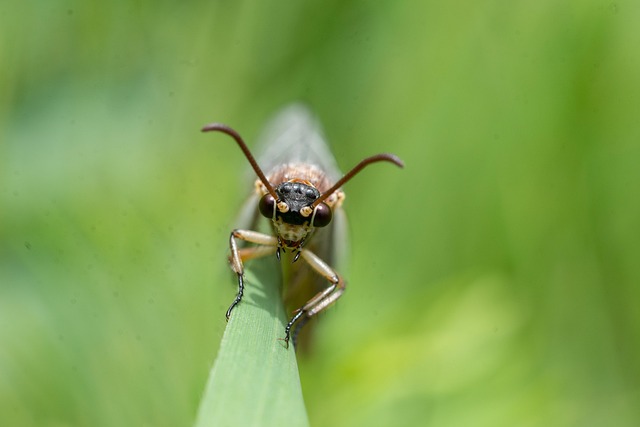
Psocids, microscopic insects causing significant damage to materials and cultural heritage, require…….

Psocids, tiny insects infesting libraries, archives, and historical sites, cause extensive damage to…….
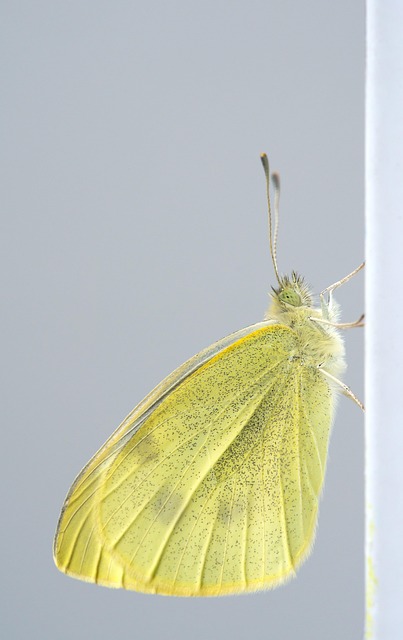
Psocid infestations pose a significant threat to libraries and archives, damaging books, papers, and…….
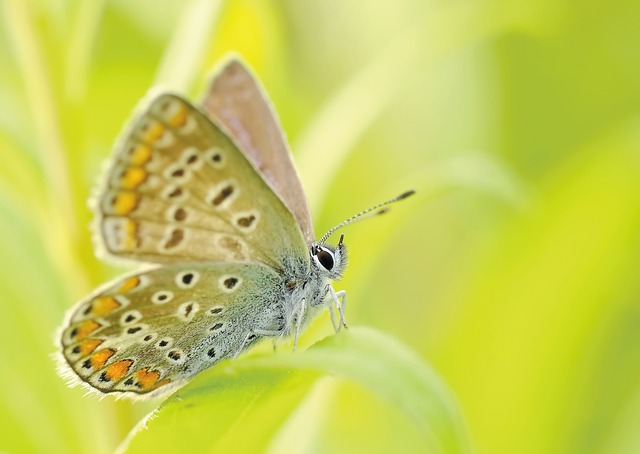
Psocids, or book lice, require specialized psocids control services due to their elusive nature and…….
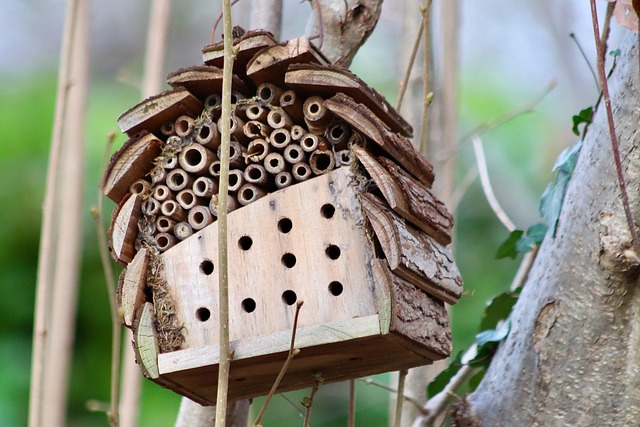
Psocids, or book lice, require a comprehensive approach to control due to their stealth and rapid re…….
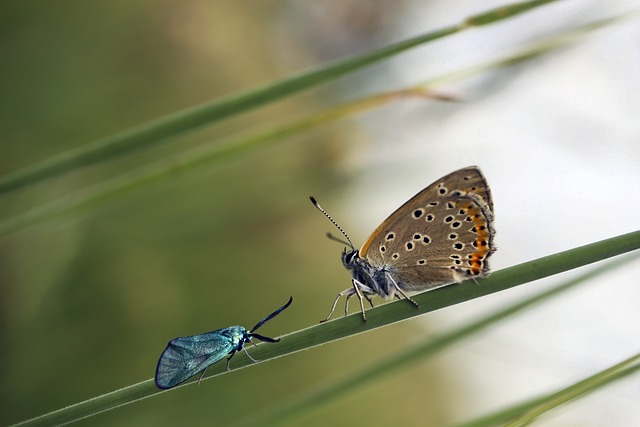
Psocids, common book lice found indoors and outdoors, pose health risks beyond their presence. Tradi…….

Psocids (book lice) are resilient pests that infiltrate homes and businesses due to their adaptabili…….
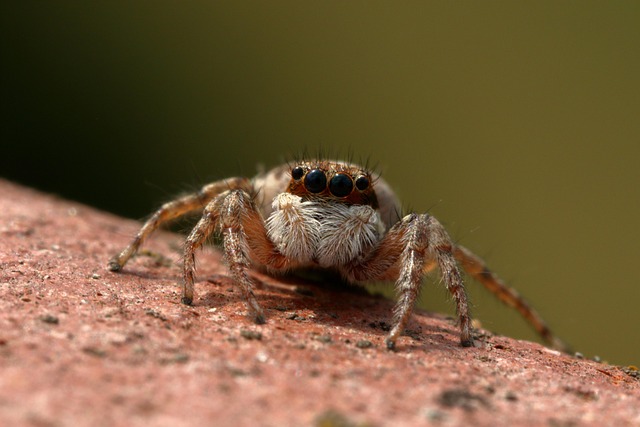
Preserving literary heritage demands innovative, eco-conscious methods to protect books, papers, and…….